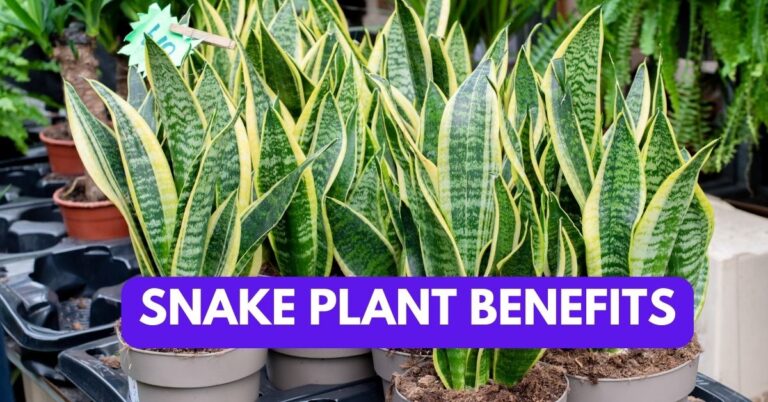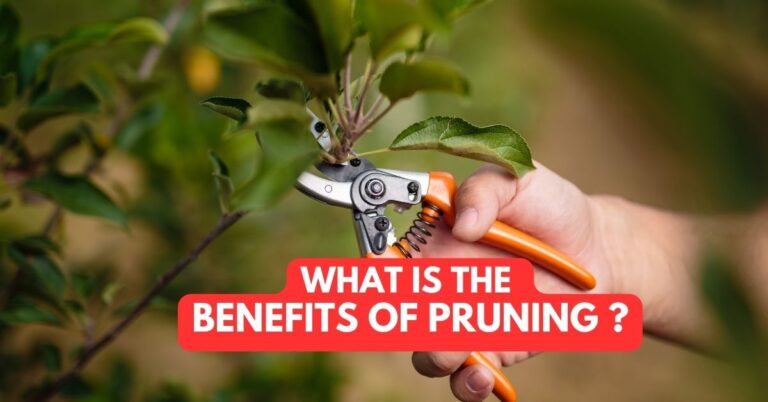How to Nurture Your Air Plants: A Comprehensive Care Guide
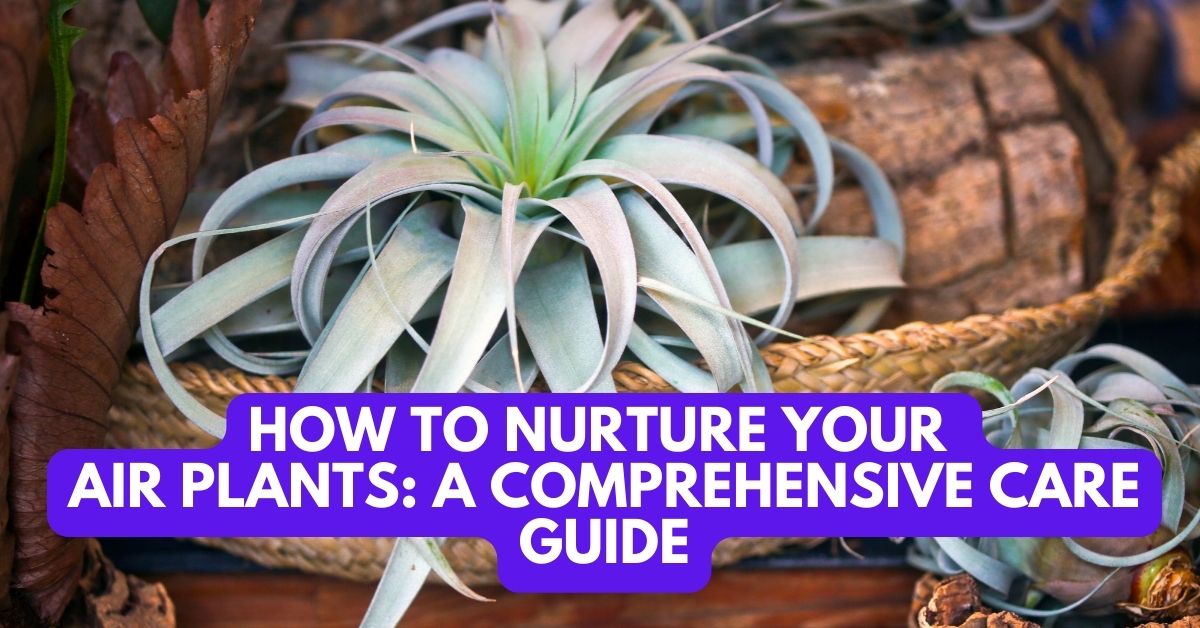
Are you looking for a low-maintenance yet vibrant and beautiful addition to your home? Then, air plants might be the perfect fit for you. Air plants, also known as Tillandsia, are a type of epiphytic plants which take moisture and nutrients from the air instead of soil. They are easy to care for and require a minimal amount of time and effort. In this blog, we will go through all the basics of air plant care and maintenance.
What are air plants?
Air plants are a species of flowering plants that belong to the bromeliad family. They are native to the tropical and subtropical climates of Central and South America. Air plants are epiphytic, meaning they do not require soil to live and instead take their moisture and nutrients from the air. They attach themselves to rocks, trees, and walls and feed off of the water vapors in the air. They come in a variety of shapes and sizes and have a wide range of vibrant colors.
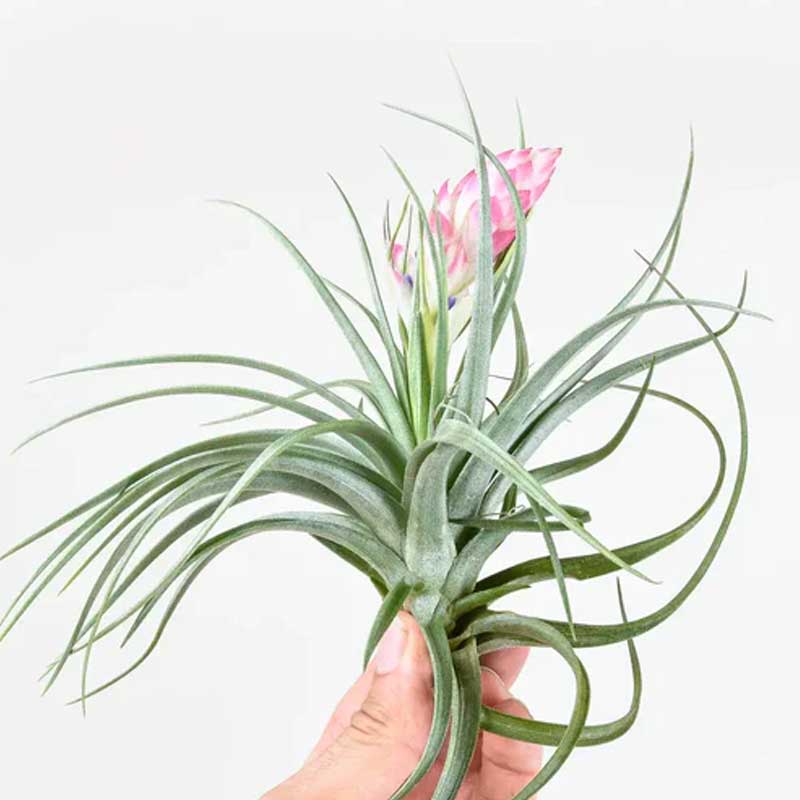
Air plants are also known for their ability to survive in low-light conditions and their hardy nature. They can be grown indoors or outdoors and are a great choice for those looking for an easy-to-maintain plant.
Types of Air Plants
There are over 500 species of air plants, and each one is unique and has its own set of care instructions. Some of the most popular types of air plants include:
- Xerographica: This is one of the most popular types of air plants and is known for its large, curved leaves.
- Ionantha: These air plants are small and have bright-colored leaves that range from green to yellow, pink, and purple.
- Caput-Medusae: These air plants have curly, spiral-shaped leaves that look like Medusa’s hair.
- Tillandsia Cyanea: This air plant has long, thin, curly leaves and is often used to make wreaths.
Benefits of air plants
Air plants are an ideal choice for those who want to add some greenery to their home without having to worry about maintenance. They are low-maintenance plants that don’t require soil, ample light, or frequent watering. Air plants are also a great choice for those with limited space as they don’t require soil or containers and can easily be hung or mounted on walls or other surfaces.
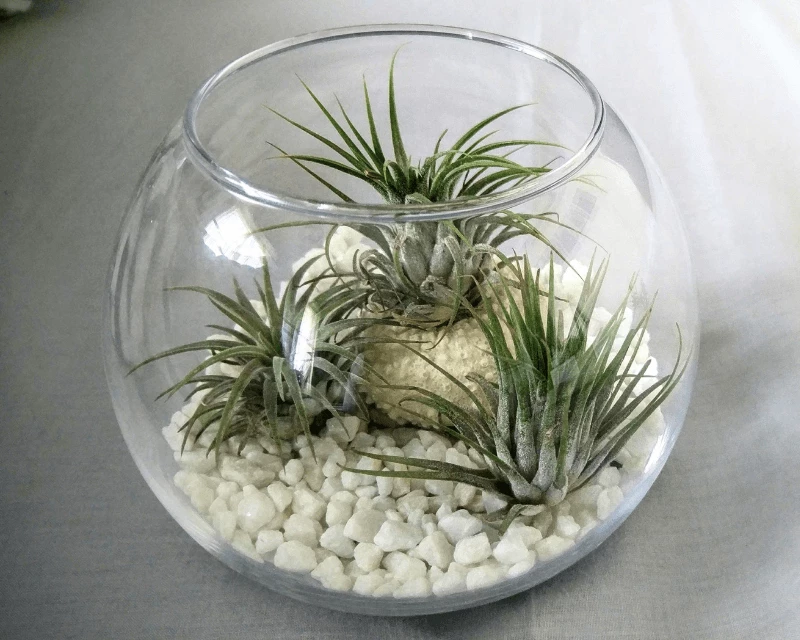
Air plants are also known for their air-purifying capabilities. They absorb carbon dioxide and release oxygen into the air, making them a great way to improve air quality in your home. They also help to reduce stress and anxiety and can add a touch of relaxation to your home.
Air plant care basics
Air plants are relatively easy to care for and require minimal effort. However, there are a few basics that you should be aware of to ensure your air plants stay healthy and happy.
The first thing to keep in mind is that air plants prefer temperatures between 55-85 degrees Fahrenheit. If the temperature is too cold or too hot, your air plants will become stressed and may not survive.

The next thing to consider is the amount of light your air plants will receive. Air plants can tolerate a wide range of light conditions, but they prefer indirect sunlight. Direct sunlight can be too intense and can burn your air plants, so it’s best to place them in a spot that gets indirect light.
Watering air plants
Watering is an important part of air plant care. Air plants should be watered every 2-3 days depending on the humidity and temperature. The best way to water your air plants is to soak them in water for 15-20 minutes once a week. After soaking, make sure to shake off any excess water and allow the plants to dry completely before returning them to their spot.
If you’re unable to soak your air plants, you can mist them with a spray bottle every few days. Misting is not as effective as soaking but will still provide your air plants with the moisture they need.
Make sure to avoid overwatering your air plants as this can lead to root rot and plant death. If you’re unsure if your air plants need water, feel the leaves. If they are dry and feel leathery, then your air plants need water.
Getting air plants the right amount of light
Air plants require a certain amount of light to stay healthy and happy. As mentioned earlier, they prefer indirect light, but they can also tolerate low-light conditions. If you’re unable to provide your air plants with enough light, you can supplement with artificial lighting.
Fluorescent lights are the best type of artificial lighting for air plants as they emit a broad spectrum of light that air plants need to thrive. Place your air plants near the lights and keep them on for 12-14 hours a day. If you’re unable to provide artificial lighting, you can place your air plants in a sunny spot to get the light they need.
Fertilizing air plants
Air plants don’t require much in terms of fertilizer, but they do benefit from a regular dose of liquid fertilizer. Choose a fertilizer specifically designed for air plants and mix it with water at half the strength recommended on the label. Fertilize your air plants once a month during the growing season and once every two months during the winter.
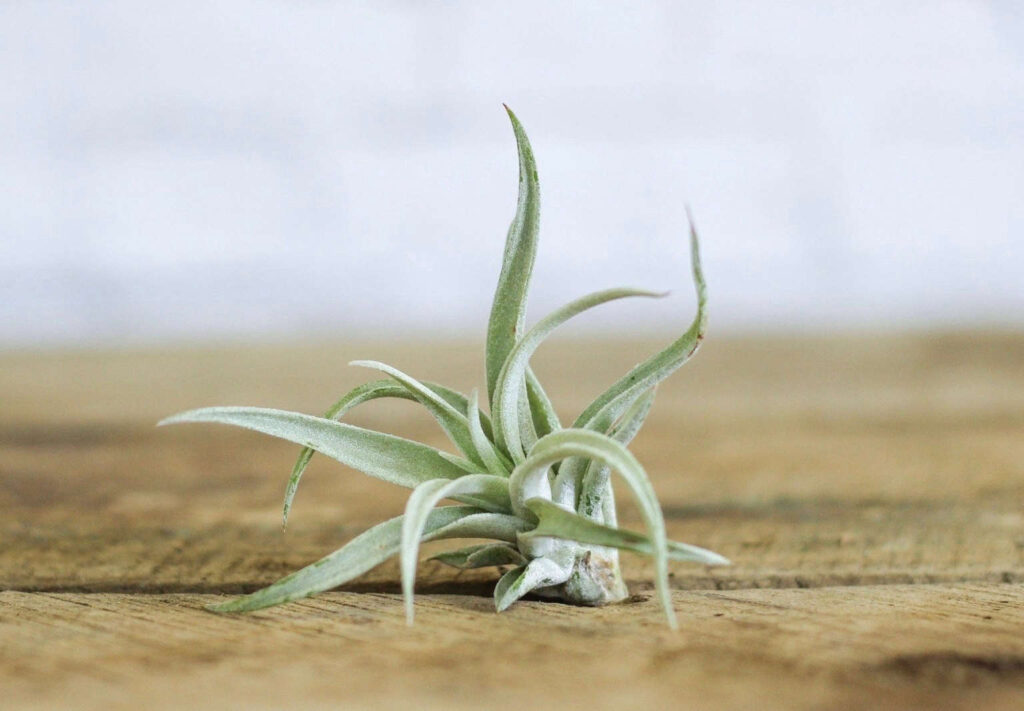
Make sure to avoid over-fertilizing your air plants as this can lead to root burn and plant death. If you’re unsure if your air plants need fertilizer, feel the leaves. If they are stiff and hard, then your air plants need fertilizer.
Common problems with air plants
Air plants are relatively hardy and don’t often suffer from diseases or pests. However, they can still run into a few common problems, such as root rot, browning of leaves, and leaf drop.
Root rot is caused by overwatering, so make sure to avoid this by only watering your air plants when the leaves are dry and leathery. Browning of leaves is usually caused by too much direct sunlight, so make sure to provide your air plants with indirect light. Leaf drop is usually caused by too much or too little water, so make sure to provide your air plants with the right amount of moisture.
Troubleshooting air plants
If you’re having trouble with your air plants, there are a few things you can do to troubleshoot them. First, check the temperature and light conditions of your plants. Are they in a spot that gets enough light and is the temperature within the right range?
Next, check the soil and make sure it’s not too wet or dry. If the soil is too wet, you can add more soil or repot the plant in dry soil. If the soil is too dry, you can add some water and make sure to water your air plants regularly.
Finally, check the roots of your air plants. Are they healthy and white, or are they brown and mushy? If the roots are brown and mushy, it’s likely you’re overwatering your plants and you should reduce the amount of water you’re giving them.
Air plant propagation
Air plants can be propagated by division or by seed. To propagate by division, simply separate your air plants and replant them in separate containers. To propagate by seed, you will need to collect the flower spikes of your air plants and plant them in a pot of soil.
Propagating your air plants is a great way to increase your collection and share your plants with friends. It’s also a great way to ensure the health of your air plants as it gives them the opportunity to spread out and get the nutrients they need.
Hanging Air Plants
Hanging air plants are a great way to add a unique touch to your home. Not only do they look beautiful, but they’re also incredibly easy to care for since they don’t need soil. All you need to do is hang them from the ceiling or attach them to a wall.
When hanging air plants, make sure to hang them somewhere that gets plenty of indirect sunlight, such as near a window or near a light fixture. Since air plants need to be watered regularly, make sure the hanging spot is close to a sink or other source of water.
Conclusion
Air plants are a great choice for those looking for an easy-to-care-for plant. They require minimal effort and are a great way to add some greenery to your home. With the right care and maintenance, your air plants will stay healthy and happy for years to come.
By following the tips outlined in this blog, you’ll be able to provide your air plants with the care and attention they need to thrive. From providing the right amount of light and water to fertilizing and propagating, this comprehensive guide will help you nurture your air plants and keep them happy and healthy.
So, what are you waiting for? Get started with air plants and add some vibrant life to your home today!
Content are generated with AI, fact checked by editorial team.
Hi there! My name is Aaron and I am a gardening expert from the United States. I have always had a passion for gardening and have been practicing it for years. I have gained extensive knowledge and experience in gardening.

